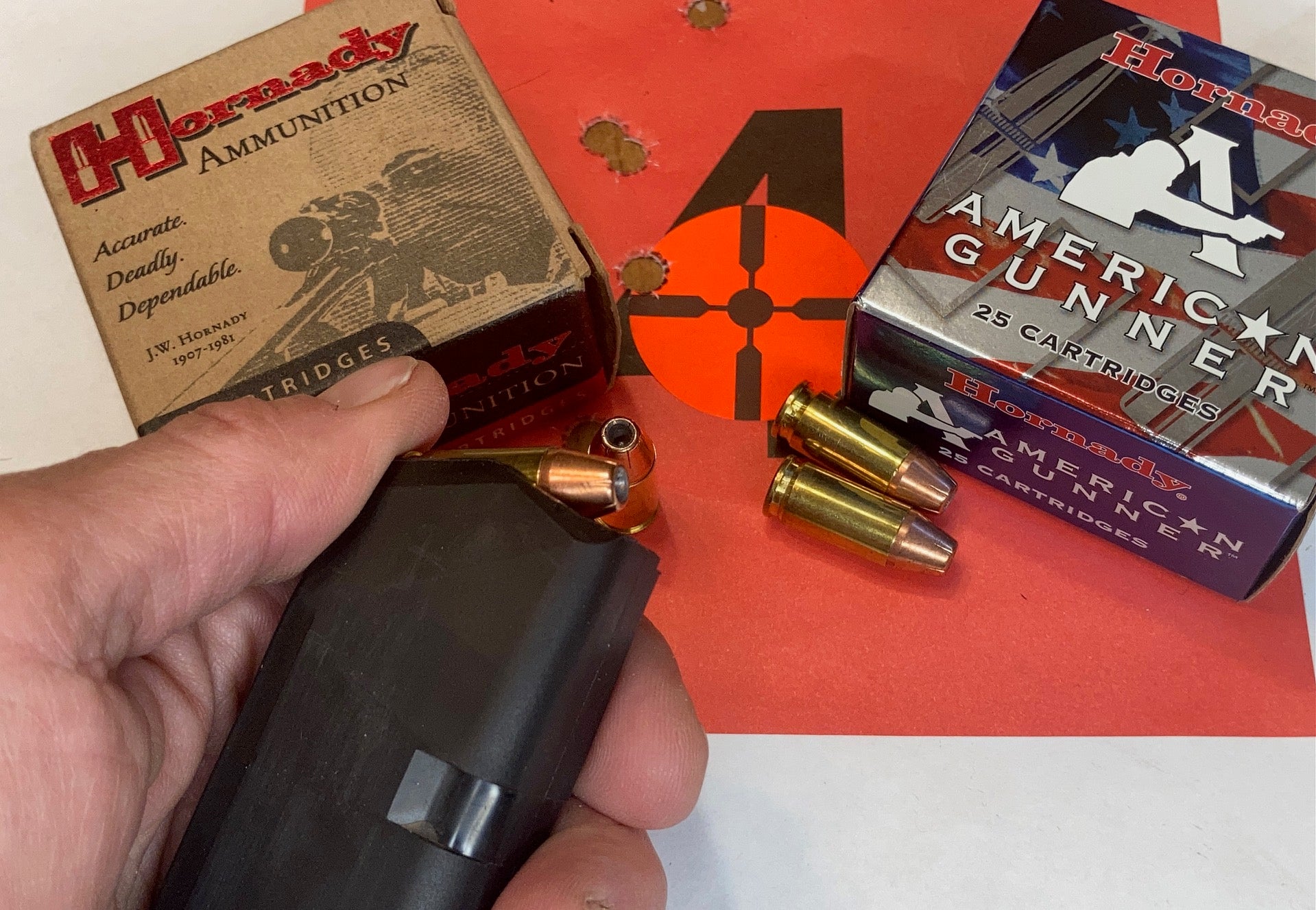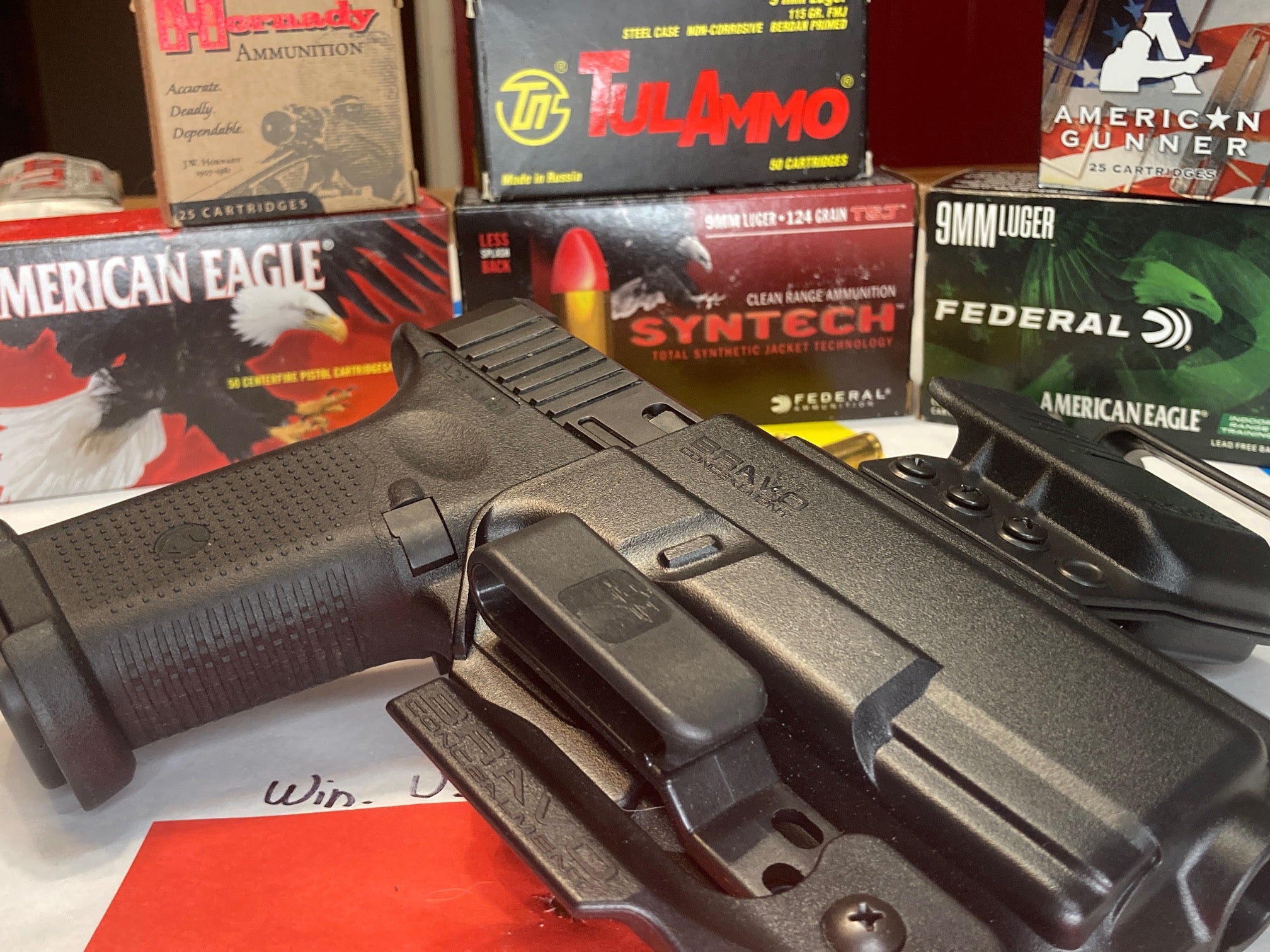Grains are the unit of measurement used to describe bullet or gunpowder weight. And by “bullet,” I mean the would-be projectile part of a cartridge, not the whole thing. A grain is 1/7,000 of a pound and used in ammo manufacturing worldwide, a true holdout of the imperial measuring system in a time when most standards have gone metric. Reportedly the term is derived from the amount of weight required to balance about 30 wheat or barley grains on a scale.
As far as I can tell, ammunition is the only thing that still uses grains as a standard. Solid medications, i.e. aspirin, were the other remnant of the grain standard until approximately 30 years ago.
Now that we know where this peculiar term came from, let’s discuss why, or whether, it matters when it comes to ammunition choices. After all, the choices are many. In terms of handguns used for personal defense, grain weights typically range from 85 grains in the case of 380 ACP to 230 45 ACP. Of course there are exceptions on both ends of the spectrum, especially if one checks out frangible or lead-free ammunition.
In general, but with many exceptions, lighter grain weights are used for full metal jacket “practice” ammunition. These represent less costly options than the same brand of ammunition in higher grain weights and/or hollow point form. Using 9mm as an example, most FMJ loads are 115 grain. Hollow point 9mm is typically 124 or 147 grain, with 124 being a bit more common and usually more affordable within the same brand.

Greater grain weights can make a difference when firing long distances. The bullet’s arc and point of impact will be lower as grain weight increases, assuming identical powder charges in the rounds. This seeming disadvantage is slight though, and often offset by the heavier bullet being less influenced by wind than the lighter one. And while bullet shape definitely enters into the equation, identical nose-of-bullet construction and identical powder loads will almost certainly offer a greater advantage with a heavier bullet in terms of longer-range accuracy. The most frequent example I’ve seen is the 700 Aggregate, AKA The Humbler Drill historically used by Delta operators as a practice tool but perfectly available to anyone who can download instructions and buy an NRA B8 bullseye target. Dozens of times, I’ve seen the same gun produce very different levels of accuracy on this drill with a simple change of grain weight within the same brand of ammo. With a few exceptions, greater grains mean greater accuracy. If this kind of precision is important to you, time spent on a shooting bench using near-perfect trigger technique will yield a lot of information about how your gun handles various bullet weights.

Most readers are probably more concerned about whether grain weight makes a difference on an active threat than bullseye shooting. My answer is shot placement counts above all. No matter what ammo (or caliber) you carry, it does no good if shots don’t land as intended.
I’d love to stop this article right here, but the terminal ballistics geeks will surely say something about bigger grains equaling bigger OOMPH on target. And to an extent that really only matters in laboratory conditions, yes, there’s a minor difference in hydraulic disturbance with a heavier bullet. But, again with the same powder load as the lighter bullet, or when fired from a shorter barrel, that heavy projectile will go a bit slower. Push the performance envelope of either powder or grains too far in any direction, and the gun won’t function reliably.
Those concerned about the short barrels of many defensive handguns will be well-served to explore options among ammunition especially made for short barrels, or to purchase a chronograph and measure velocity for themselves. Examples of loads specialized for short barrels are Punch by Federal Premium and 365 by Sig Sauer.
As one of my shooting mentors puts it, ballistics is a very mature science. Ammunition makers can predict with great accuracy how a given combination of materials will perform. In fact there’s a repository of knowledge and manufacturing standards that guide ammo development. The Sporting Arms and Ammunition Manufacturers’ Institute (SAAMI) is a consortium of gun, ammo, and defense companies that publish these helpful, voluntary guidelines. Their data is transparent and available for anyone to peruse.
Thanks to LuckyGunner.com, which has a superb range of ammo to choose from and provided some of the ammo seen in this article, along with the manufacturers.










































